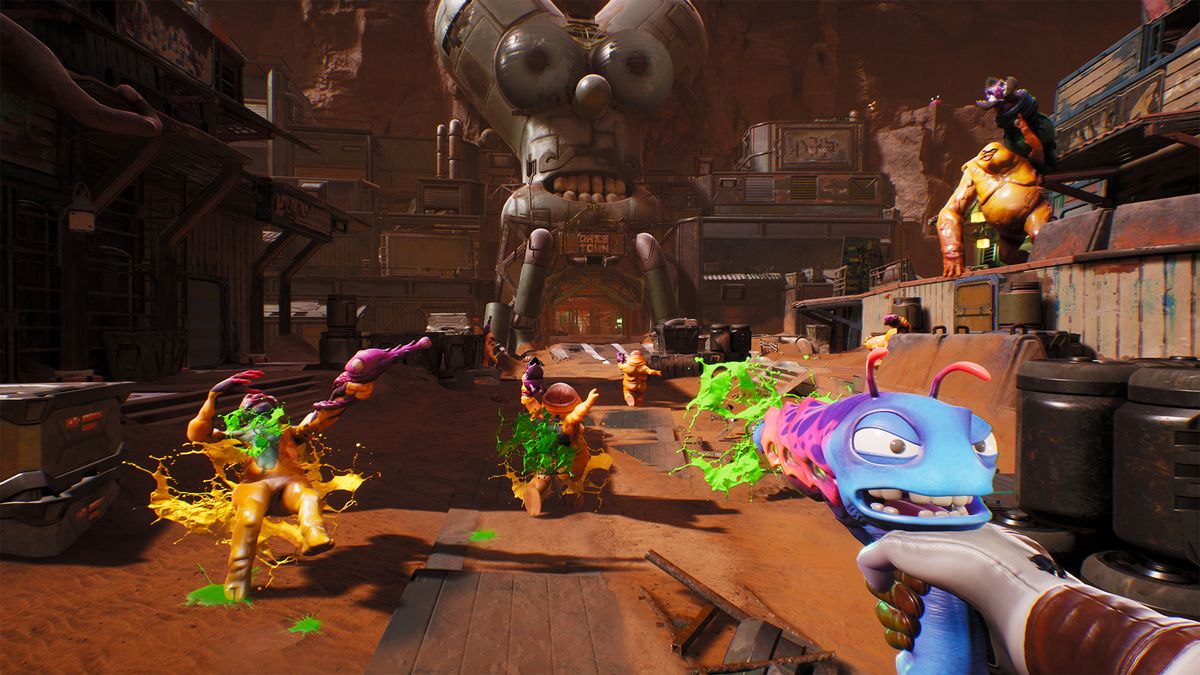This article is part of a weeklong series of features celebrating the 10th anniversary of GTA III. You may also want to look at What devs think of GTA III, Who’s your favorite GTA character? and GTA V: Location! Plot! Characters! Guesswork!
7. It opened the door for more storylines aimed at adults
As is the case with many of the entries on this list, GTA III didn’t pioneer adult storytelling in games, but it did something arguably more important: it showed that telling a morally ambiguous story geared exclusively toward grownups in a big console release could be profitable.

Above: How many games, pre-2001, started with the main character’s rightful imprisonment?
OK, granted, its plot wasn’t exactly a watershed moment for maturity: terrifying girlfriend betrays equally terrifying mute sociopath during botched robbery, prompting mute sociopath to climb criminal ladder in order to get revenge on terrifying girlfriend. On the way from point A to point B, however, it told a surprisingly involving story of underworld intrigue, paying homage to seemingly every great work of crime fiction while adding unique touches of its own. And at the center of it all was a sharp sense of satire that lampooned everything ugly and crass in American culture, and did so at a time when post-9/11 patriotism was at an all-time high.

Above: Considering when GTA III came out, publishing a game in which you could shoot cops in a New York proxy was a pretty ballsy move
The success of this approach had two immediate effects: First, it prompted a tidal wave of imitators starring “anti-heroes” who ranged from dirty cops and unprincipled badasses to Mafiosi and outright psychopaths. Second, it proved that after 20-odd years of playing the hero, console gamers were ready to get their villain on and explore darker, more morally questionable themes, and that they didn’t necessarily need a cerebral RPG or adventure game to do it. Long-term, it helped pave the way for things like moral choices, mature themes and a growing, grudging acceptance of the idea that games aren’t just for kids anymore.
6. It made “100%ing” a verb
In GTA III, you ruthlessly steal or shoot pretty much any polygon that moves. You launch a warehouse worth of cars into daredevil slow-motion stunt jumps that often end in fiery explosions or crushed pedestrians. You scour every last street, parking lot and alleyway for secret stashes that unlock deadlier and deadlier weapons. And while you do this all for the excitement and escapism, a part of you does it for something much smaller and simpler: the stat screen.

You wouldn’t expect a lengthy list of numbers – even a list that keeps track of headshots, knife kills and the number of times you’ve hijacked an ambulance – to hold such interest or carry such power, but human beings crave a record of their accomplishments. And when those accomplishments are summarized into one giant percentage that tells you exactly how much of the game you’ve experienced, it’s impossible to resist. Or to compare to your friends’ percentages.
GTA wasn’t the first game to include collectibles – just look at the zillions of Jiggies, Mumbo Tokens and Musical Notes in Banjo-Kazooie for a ludicrous amount of proof of that – but the series was the first to make “100%ing” a verb and a competitive, completionist obsession. It’s the evolutionary link between the arcade high scores of the past and the Achievements/Trophies of today.
Current page:
Page 1
 Game News Video Games Reviews & News
Game News Video Games Reviews & News



